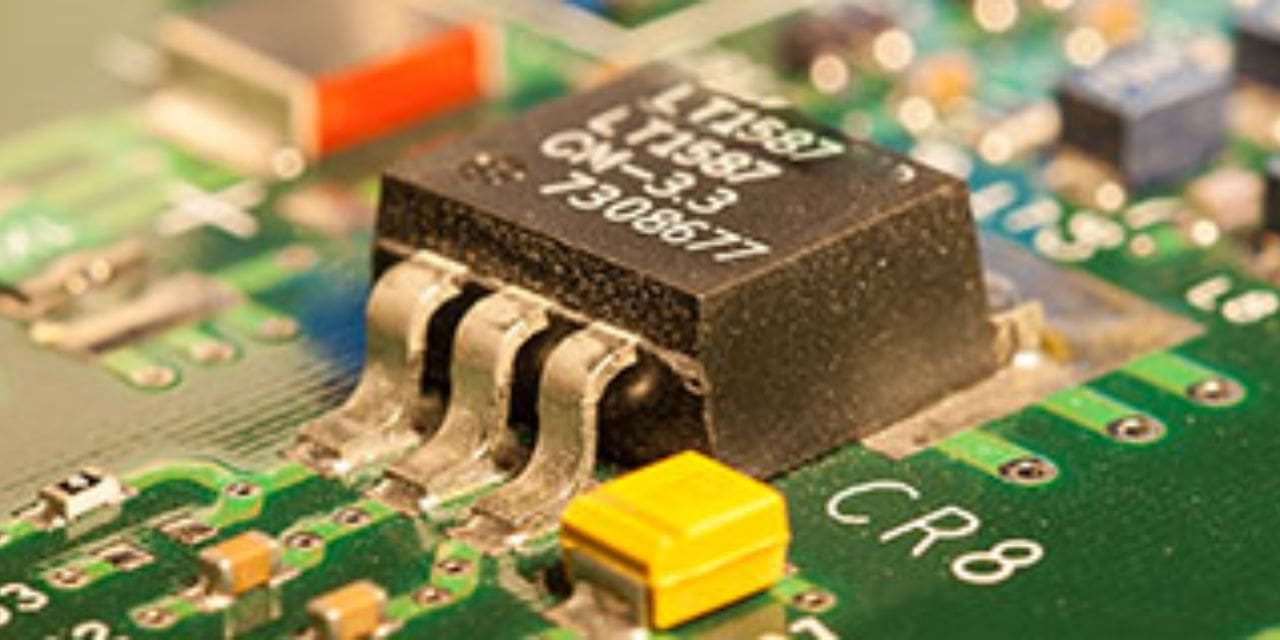The According to a market research report, the “Thermally Conductive Filler Dispersants Market by Dispersant Structure Type (Silicone-Based, Non-Silicone Based), Filler Material (Ceramic, Metal, Carbon-Based), Application (Thermal Insulation Glue), End-Use Industry, & Region – Global Forecast to 2028 “, is projected to reach USD 0.4 billion by 2028, at a CAGR of 10.2% from USD 0.3 billion in 2023. The rising consumer demand for electronics products has driven the need for specialized thermally conductive filler dispersants that ensures product quality and safety.
Download PDF Brochure: https://www.
Browse
- 200 Market data Tables
- 50 Figures
- 225 Pages and in-depth TOC on “Thermally Conductive Filler Dispersants Market – Global Forecast to 2028”
This report also provides a comprehensive analysis of the companies listed below:
The key global players in the thermally conductive filler dispersants market include are BYK (Germany), Shin-Etsu Chemical (Japan), Dow Chemical Company (US), JNC Corporation (Japan), Momentive Performance Materials (US), Kusumoto Chemicals (Japan), Evonik (Germany), Croda International (UK), Lubrizol Corporation (US), and Wacker Chemie (Germany) among others.
Merger & acquisitions, investments & expansions, partnerships & collaborations, and new product developments are some of the major strategies adopted by these key players to enhance their positions in the thermally conductive filler dispersants market.
Recent Developments in Thermally Conductive Filler Dispersants Market Industry
- In December 2019, the specialty chemicals group ALTANA acquired Schmid Rhyner AG, a Swiss overprint varnish specialist to generate value-creating growth through targeted acquisitions. The acquisition helped ALTANA ALTANA to expand its product portfolio and offer new solutions to its customers in various industries.
- In October 2022, BYK launched BYK-MAX CT 4275, is a specially developed additives that can be used in a wide variety of polyamides and thermoplastic. BYK-MAX CT 4275 is used to enhance the performance of thermal interface materials by improving the dispersion and incorporation of the additive into the thermoplastic matrix, resulting in improved thermal conductivity and mechanical properties.
- In April 2022, Shin-Etsu Co. Ltd. developed thermal interface silicone rubber sheet series (TC-BGI Series) for use in components of electric vehicles as the technology for high voltage devices advances. It is a hard, thermal-interface silicone rubber sheet that combines good levels of voltage resistance and heat dissipation.
- In January 2021, Momentive Performance Materials acquired KCC Corporation’s Silicones business in Korea and the UK, as well as its sales operations in China. KCC Corporation offers silicone and silicone-based products. The acquisition strengthens Momentive’s global capabilities in advanced silicones and enhances its ability to serve customers in the Asia-Pacific region.
- In February 2023, Evonik Industries invested USD 1 miilion into fumed aluminum oxide production plant expansion for battery applications in Yokkaichi, Japan. The investment helped Evonik Industries to meet the growing demand for fumed aluminum oxide in the battery industry and strengthen its position in the market. It also expanded Evonik’s presence in Asia, where the demand for lithium-ion batteries was high.
Request Sample Pages: https://www.
Non-silicone is the largest dispersant type segment in the thermally conductive filler dispersants market. Non-silicone, one-part, no-cure type thermally conductive, form-in-place gap fillers are ideal for applying any thickness with little or no stress. They have high-temperature stability, which is important for applications where the material is exposed to high temperatures. In addition, non-silicone dispersants can improve the interfacial compatibility between the filler and polymer matrix, which can lead to better heat transfer efficiency.
Ceramic fillers are the largest filler material segment in the thermally conductive filler dispersants market. Ceramic fillers, such as alumina, aluminum hydroxide, and boron nitride among others have high thermal conductivity, which is essential for efficient heat dissipation in various industries. The growth of this segment can be attributed to high thermal conductivity, electrical insulation, high-temperature stability, inter-filler bonding, and improved interfacial compatibility in the thermally conductive filler dispersants market.
Middle East & Africa is the third-fastest growing region in the thermally conductive filler dispersants market in 2022. The demand for thermally conductive filler dispersants is increasing in the Middle East and Africa due to the growing population, which is driving the demand for consumer electronics. The increasing adoption of new technologies such as smartphones, tablets, and wearables are largely affecting the demand for thermally conductive filler dispersants. In addition, the rising demand for fuel-efficient and high-end home appliance products is rising in the region, thereby boosting the thermally conductive filler dispersants market.
Inquire Now: https://www.

